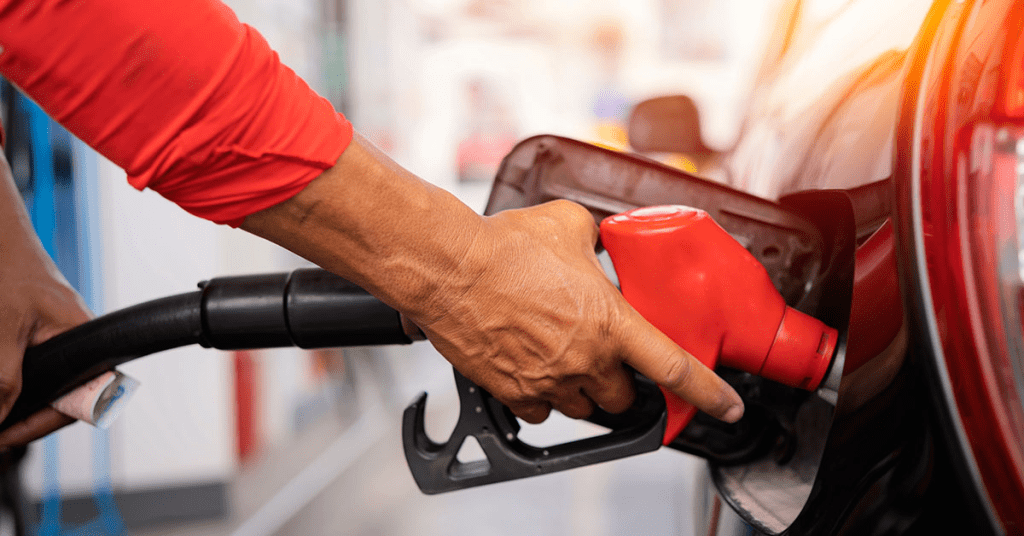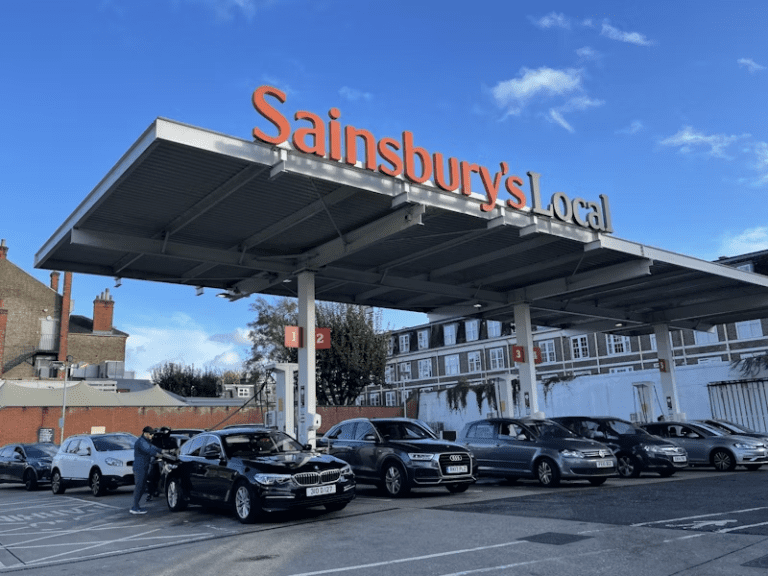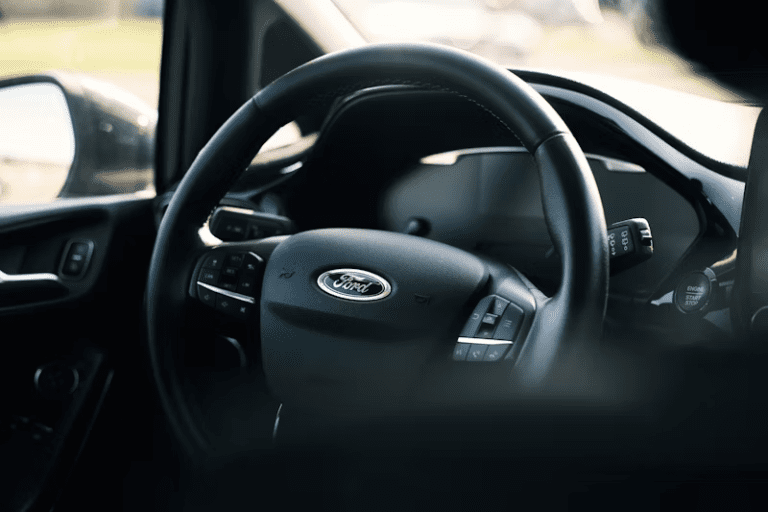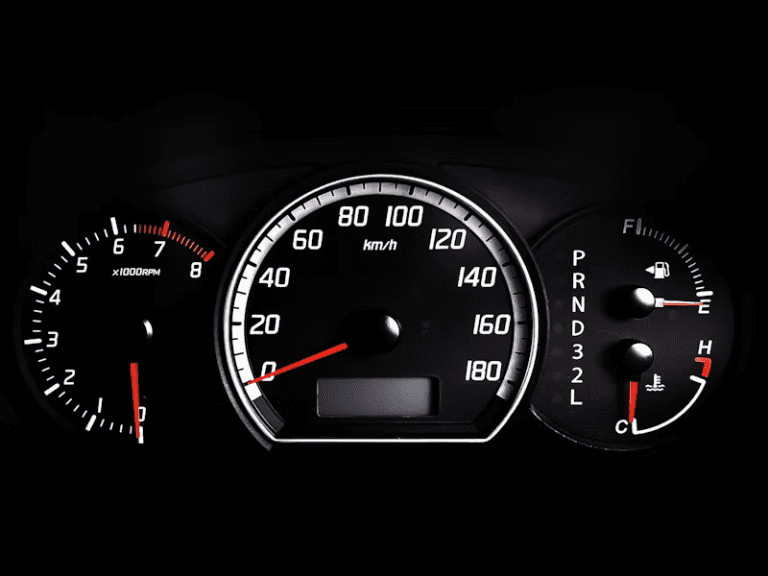We’ve all been there. You swing into a gas station, hop out of your car with confidence—and boom. The fuel door is on the other side. Cue the awkward shuffle or the dreaded U-turn. But here’s the thing: that gas tank placement isn’t just some weird manufacturer decision. There’s actually a method to the madness.
So, why do cars have gas tanks on different sides? Turns out, it’s not just about aesthetics. It’s a delicate dance between engineering, regional norms, safety concerns, and good old-fashioned logistics.

Engineering Dictates More Than You Think
First off, let’s get technical. When automakers design a vehicle, they’re juggling dozens of components crammed into a tight space. Between the exhaust system, suspension layout, axles, and crash crumple zones, they can’t just stick the fuel tank wherever they want.
Steve Yaeger from Nissan once explained that the side the fuel door lands on largely depends on how the filler neck can be routed without interfering with the car’s structural or performance features. If the best routing is to the left, that’s where it goes. If the right side has fewer obstructions, that’s the winner.
Think of it like plumbing in a tiny house—sometimes, it’s about what fits best behind the walls.
Video: That’s What Happens When You Put the Wrong Fuel in a Car
Why Left vs. Right? It’s a Regional Thing
In the U.S., most drivers prefer the fuel door on the left side. Why? Because it’s the driver’s side. Simple as that. It lets you pull up to the pump, hop out, and handle business without walking around the car. It’s all about convenience.
But in countries where drivers sit on the right—like the UK or Japan—the opposite is true. Over there, right-side fuel doors reign supreme. And it makes perfect sense based on their flow of traffic and driver behavior.
It’s not about standardization—it’s about suiting local habits and expectations.
Safety Played a Part, Too

Back in the day, automakers had a different perspective on fuel door placement. Some placed the fuel door on the passenger side for safety. The thinking was: in case of a side collision, it was less likely to spark a fire if the gas tank was away from the driver’s side.
Today, crash data has debunked much of that theory. Studies show little safety difference between left or right placement. But in countries like Germany—where high-speed autobahns lack a left shoulder—manufacturers still favor right-side fuel doors so refueling can happen away from oncoming traffic.
It’s a subtle safety measure that sticks around in high-speed environments.
Better Flow at the Gas Station? Thank Your Fuel Door

Ever notice how gas stations somehow manage to keep the lines moving even during rush hour? One reason: not every car is fighting for the same pump side.
Economist Robert Frank once noted that randomizing fuel door placement helps balance traffic flow at gas stations. If every car had a fuel door on the left, one side of the station would be a war zone, while the other sat empty. By having a mix of left and right-side doors, gas stations naturally even out usage, reducing backups.
So yes, your gas door location is helping prevent fuel pump chaos—you’re welcome!
History Shows It Was Never Set in Stone

Take a trip down memory lane to the 1970s and 80s. Automakers like Ford often opted for passenger-side fuel doors, mostly for safety and traffic-related reasons. At the time, that made a lot of sense.
But as consumer tastes and vehicle designs evolved, so did priorities. In the U.S., consumer research revealed a strong preference for driver-side fuel doors, so some manufacturers followed suit.
Today, there’s no global standard. Even within the same brand, different models might place the fuel door on opposite sides, depending on the car’s platform and target market.
Design Constraints Make It a One-Time Decision
Video: Car Fuel Doors are on THE WRONG SIDE
Here’s the kicker: once a fuel door location is picked during the design phase, it’s nearly impossible to change it. Former Mercedes-Benz engineer Bharat Balasubramanian explained that moving the fuel door would require reengineering the entire rear of the car.
From aerodynamics to crash safety and internal layout, everything depends on that one early decision. It’s like building a house—you can’t suddenly move the kitchen to the other side without tearing through the foundation.
The Dashboard Arrow: Your Secret Weapon

If you’re tired of guessing where your gas door is (especially when driving a rental), here’s a tip you’ll love: check your fuel gauge.
That little gas pump icon? It usually has a tiny arrow next to it. That arrow points to the side of the car where your fuel door is. Seriously—check it next time. It’s one of the most overlooked yet useful features in modern cars.
Electric Cars Are Changing the Conversation
With EVs taking over the roads, you might wonder: what happens to fuel door placement in the electric age?
Good question. While EVs don’t have gas tanks, they do need charging ports. And guess what? The same debate over placement is happening all over again. Some automakers put them in the front, others on the rear, and a few tuck them into the fenders.
The same principles still apply: engineering, safety, convenience, and regional norms are shaping how EV charging evolves. So while the fuel door might become a thing of the past, the location puzzle is far from over.
Conclusion: It’s Not Random — It’s Intentional

The next time you pull up to a pump and grumble about your fuel door being on “the wrong side,” remember—it’s not a design fail. It’s a strategic decision that reflects decades of engineering, regional driving customs, safety testing, and consumer behavior.
It may feel like an inconvenience in the moment, but behind that small flap is a big story of how automakers balance form, function, and flow.
So, whether you’re a left-side loyalist or a right-side rebel, now you know: your fuel door is exactly where it’s meant to be.


